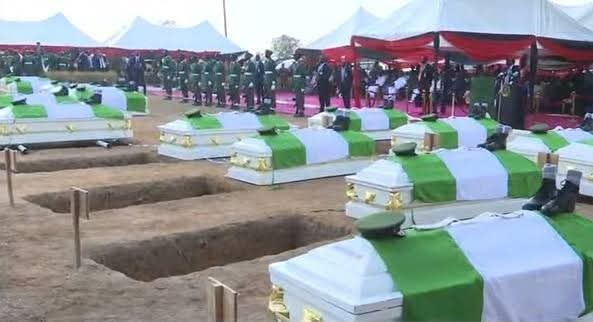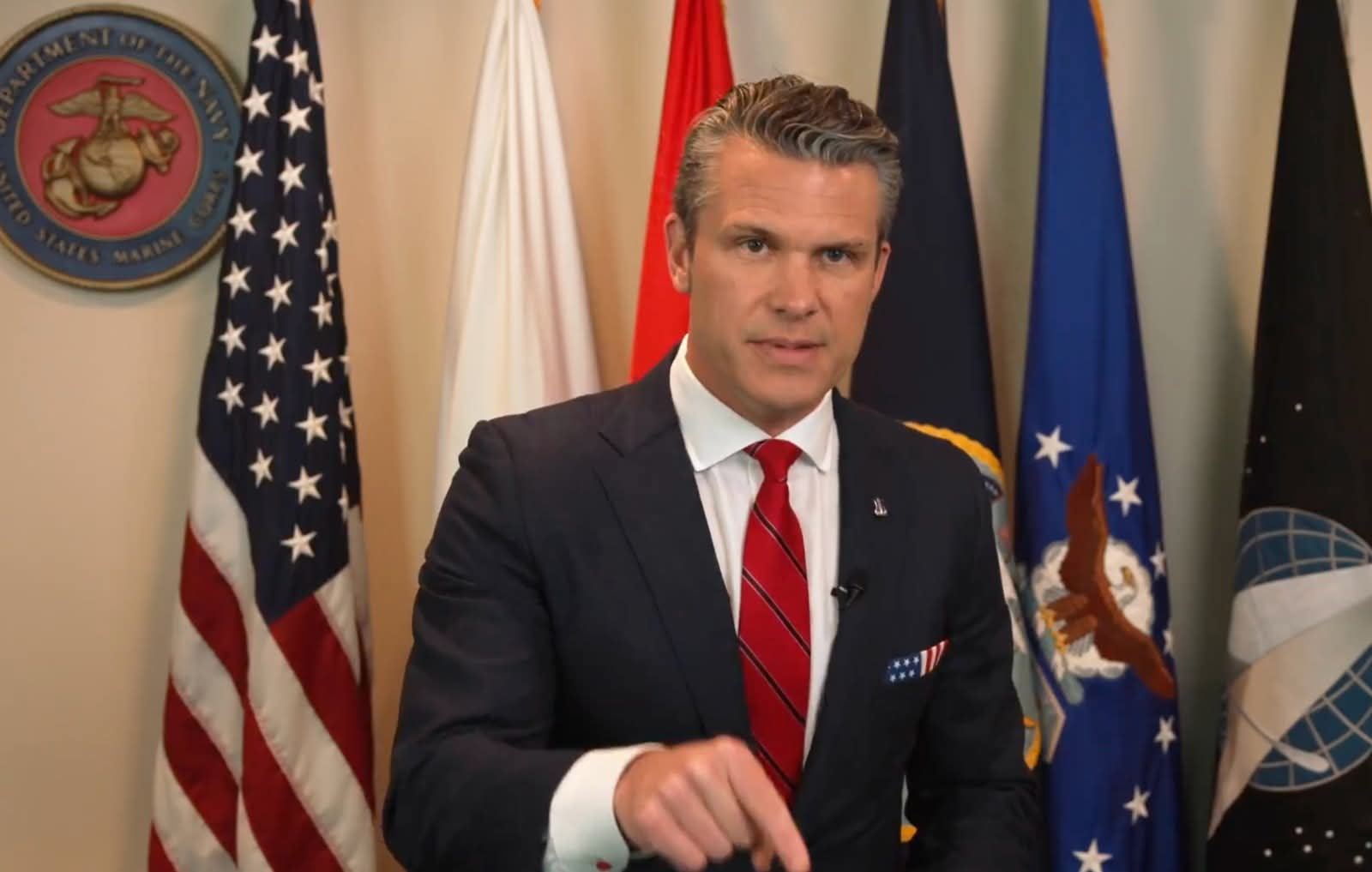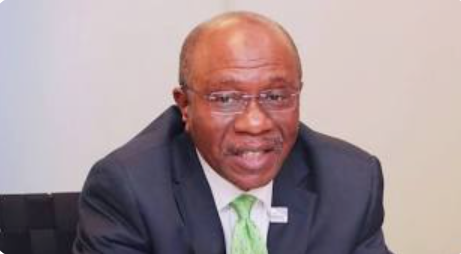By: Okoi Obono-Obla
Even though the rejoinder to my response to Professor Onor’s video was attributed to his Media Assistant, Joseph Ndifon, I will assume it was written with the support and contribution of the learned Professor himself. The write-up made a feeble, half-hearted, and even tenacious attempt to address the issue I raised in my joinder, which essentially centres on the fact that Okimaya is fictional and unknown to the traditions of Ikom, Ofutop, Olulumo, Ojor, Yakpa, and Yakurr.
I have read the rejoinder by Joseph Ndifon, Media Assistant to Professor Sandy Onor, titled Rejoinder to Okoi Obono-Obla Article on Prof. Sandy Onor’s “Okim Oya Narrative”, in response to my article concerning Professor Onor’s video. In that video, he alluded to alleged acts of cannibalism practiced by the Yakurr—acts he claimed led to conflict between the Ejagham and Yakurr—as well as his assertion that the Yakurr “romance” the Ejagham.
Ndifon suggested that I am unfamiliar with the seminal work of Dr. Otu Abam Ubi, The Yakurr of the Middle Cross River Region. Otherwise, he argued, I would have mentioned Okim Aya, which Professor Onor identified as the location where the conflict between the Ejagham and Yakurr originated. Professor Onor referred to Okim Aya as the ancestral homeland of the Yakurr, which he called Lekanakpakpa.
However, he also asserted—contradictorily—that the ancestral homeland of the Yakurr was located in Etara, in the Southern Etung Forest. I therefore wonder: if he were truly familiar with the works of Dr. Otu Abam Ubi, would he have offered a location so clearly at odds with what Dr. Ubi proposed?
Dr. Ubi noted:
“What one should say is that the Yakurr migrated from a territory in southwestern Cameroon — Lekanakpakpa — to a new territory in Eastern Nigeria… On the other hand, Lekanakpakpa is found to the east of present-day Yakurr territory, and it is the name of a geographical location. Besides, Lekanakpakpa is not the same as the Oban Hills of today. The Oban Hills/Owai Peak are located in southeastern Nigeria. The Yakurr migration was not a south-to-north movement, but an east-to-west one. It was not an intra-Nigerian migration, but a Cameroon-to-Nigeria migration through the Cross River Pass — that is, the lowland between the Obudu Highlands to the north and the Owai/Oban Highlands to the south. Lake Ijagham is nowhere near the Oban/Owai Highlands but is located in southwestern Cameroon…” (Page 19).
Professor Onor and Joseph Ndifon also claimed that the ancestral homeland of the Yakurr is known as Umoen. There is no village known as Umoen in Yakurr. Perhaps they meant Uwowen, which is essentially present-day Ugep—not Yakurr in its entirety. The Lekanakpakpa homeland was the original settlement of the Yakurr people, and other groups apart from Uwowen (Ugep) also lived there. So I do not understand what Joseph is talking about.
I am pleasantly amused that Professor Sandy Onor would suggest that his concept of Okimaya is what the Yakurr tradition referred to as Lekanakpakpa. The Yakurr tradition has consistently referenced Yakpa and Nsofang—not even Ejagham—as central to this narrative. It is well established that Yakpa, Nsofang, Olulumo, Epache Nkome(Ikom), Ojor (Akamkpa), and Ofutop all lived together in the territory known as Lekanakpakpa.
It is therefore surprising that Professor Sandy Onor now speaks of Okimoya. Dr. Ubi never made mention of any such Okimaya. It is, in my view, fictional and mythical.
Indeed, Dr. Ubi poignantly noted on page 18:
“The name Lekanakpakpa is very significant in the study of Yakurr history. It is their ancestral homeland. A lot of people, even those of Yakurr extraction, avoid the use of the name. They prefer to use the name Yakpa. The problem with using the name Yakpa is that it refers to people of Ejagham stock. The Efik calls them Abakpa; the Yakurr call them Yakpa. All these names refer to one and the same people.”
Dr. Ubi wrote that the Yakurr settlement in Lekanakpakpa consisted of Umowen,Yakurr Ibe(Nkpani), Ekorikpana (Ekori), Elige (Nko), and Ojo. He further stated that the Yakpa settlements were Nsofan (Nchifang), Abijan, and Nkpot. The people of (Ikom, and Ofutop refer to the area as Onugi. Therefore, Professor Onor’s suggestion that the area is known as Okim oya is pure fiction. His claim that Dr. Ubi mentioned Okim oya in his book is also incorrect.
There is no doubt that the entire brouhaha surrounding Okim Oya and the incidents Professor Onor claimed took place there is nothing but fiction—a fable created to disparage the Yakurr people. This is especially surprising, given that Professor Onor is himself of Nsofang origin. It is sacrilegious for him to have made such claims. Rather than resorting to sophistry to wriggle himself out of the cul-de-sac into which his hubris has led him, he ought to offer a sincere apology to the Yakurr people





